After 40 years, Volkswagen is no longer building Polo models in Europe. VW has ended its Polo production in Europe as it shifts its focus to smaller, more affordable EVs.
Volkswagen has been building Polo models in Pamplona, Spain, since 1984. Over 8.4 million Polos have been assembled at the Pamplona plant as one of Europe’s top-selling cars.
18 million
In total, some 18 million Polos have already been sold worldwide, with the two main production sites being Pamplona in Spain and Uitenhage in South Africa.
For the first nine years (1975-1984), the Polo was built near VW’s headquarters in Wolfsburg. The Polo was, in fact, a rebadged and more basic version of the Audi 50. The latter would disappear after a few years because Audi wanted to steer upmarket, so the VW Polo took over in this segment. Currently, the sixth generation is in production.
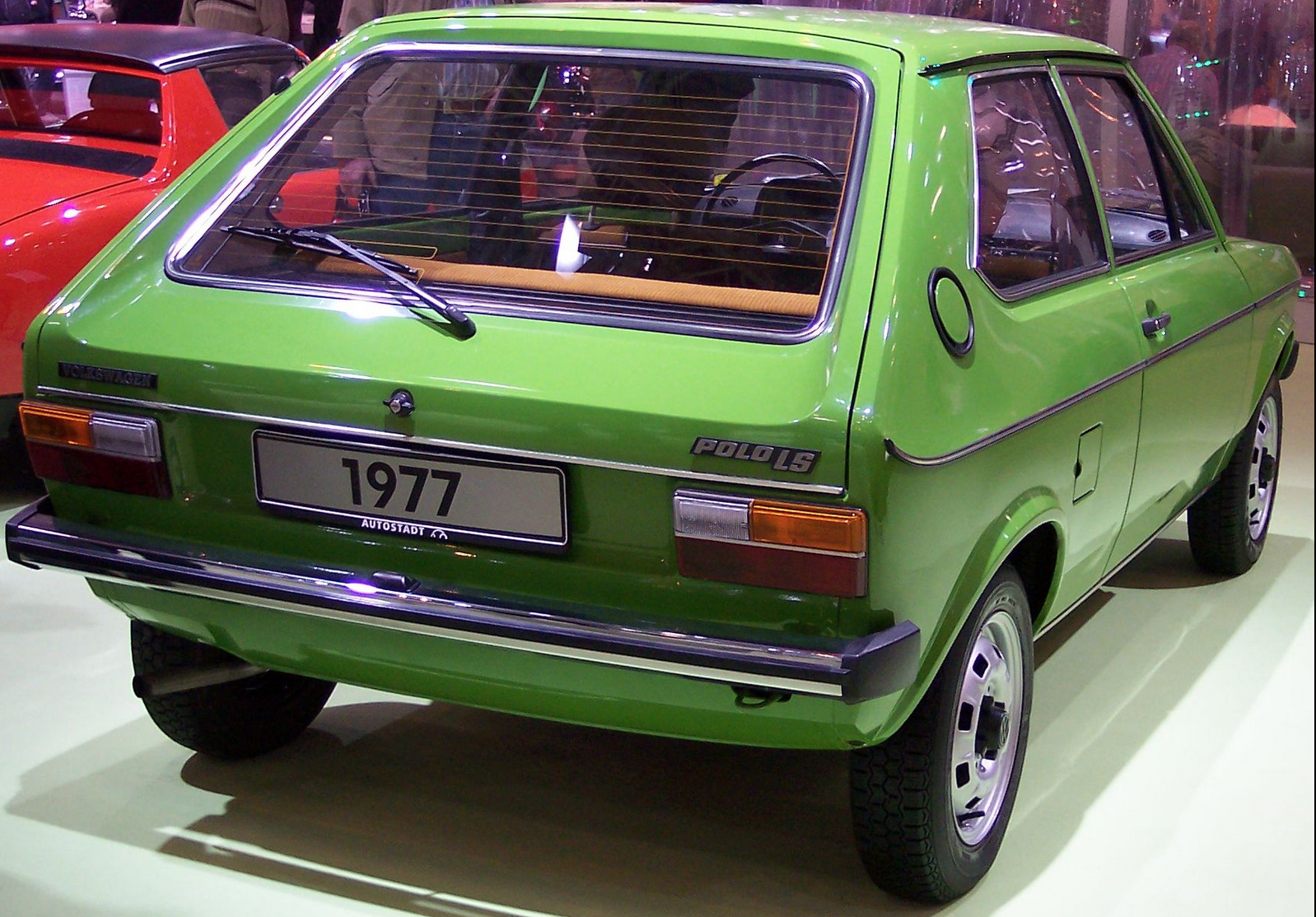
According to the latest DataForce figures, Volkswagen’s Polo was still Europe’s 8th top-selling small car, with over 90,100 models sold this year through August 2024.
Although VW ended Polo production in Europe, the model will still be sold on the old continent. However, production has been moved to its Kariega, South Africa plant. Volkswagen confirmed that it would continue building T-Cross and Taigo models in Spain.
Small EVs
Volkswagen is preparing to introduce a series of smaller, more affordable EVs to be built at the Pamplona plant. The plant is scheduled to begin producing two small electric SUVs in 2026.
The new electric SUVs will be powered by a modified version of Volkswagen’s MEB platform, underpinning its current ID series, including the ID.3 and ID.4.
We first saw the small SUV last year after Volkswagen unveiled the ID.2all concept. The ID.2all will sit below the ID.3 and is scheduled to have a starting price under €25,000. Later, a small SUV version of the same car will follow.
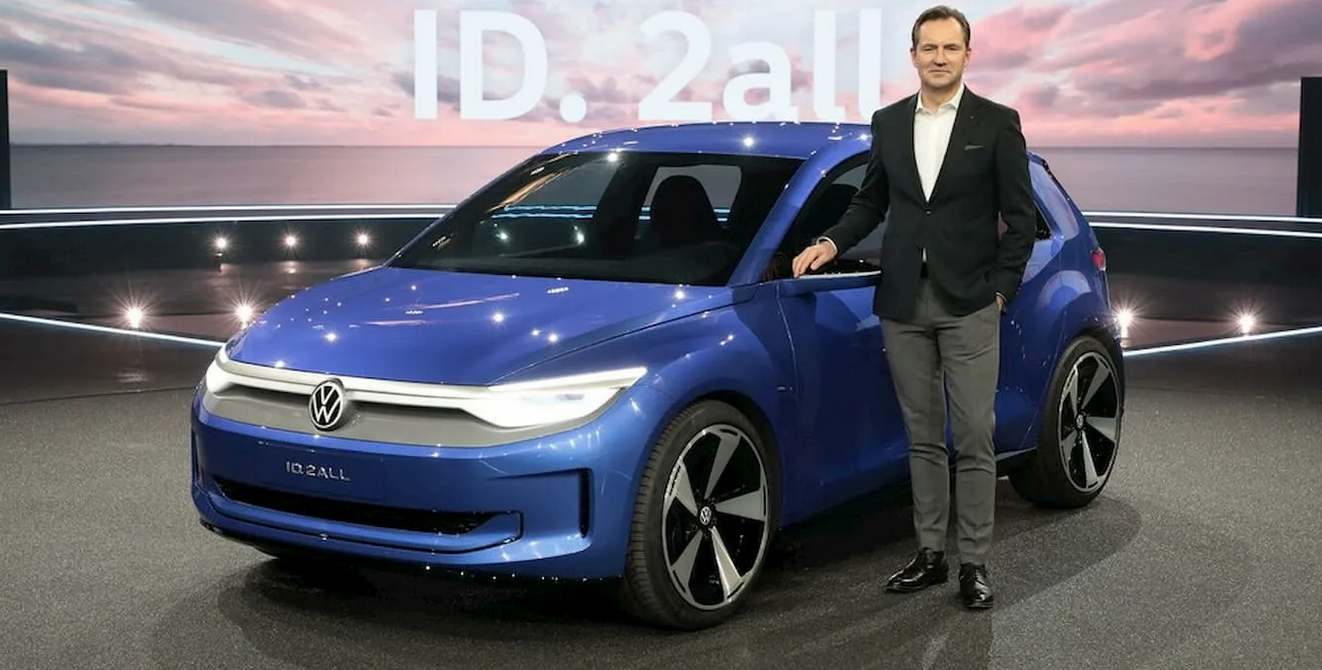
Volkswagen is also planning an even smaller electric car, the ID.1, targeting a list price of around €20,000. Initially, the plan was to build this car with Renault (preparing the new Twingo in the same segment), but the deal blew up. VW is now proceeding on its own, eventually with some help from Chinese partners.
Iconic design elements from Beetle and Golf
Volkswagen blended iconic design elements from legends like the Golf and Beetle with a modern upgrade to stand out in the electric era.
Head designer Andreas Mindt claims the ID.2 “looks even better” than the ID.2All concept shown last year as design work on the production model wraps up. Mindt said, “It previews Volkswagen’s new design language.”
After revealing the interior for the first time last December, Mindt stated, “The future of Volkswagen interiors has arrived.”
One of the most remarkable interior features is the new rotary knob, which allows you to select from different driving modes inspired by the Golf and Beetle. By turning the knob, you can choose between “Classic,” which draws from the Beetle era, or “Vintage” modes, which will bring you back to the Golf era.
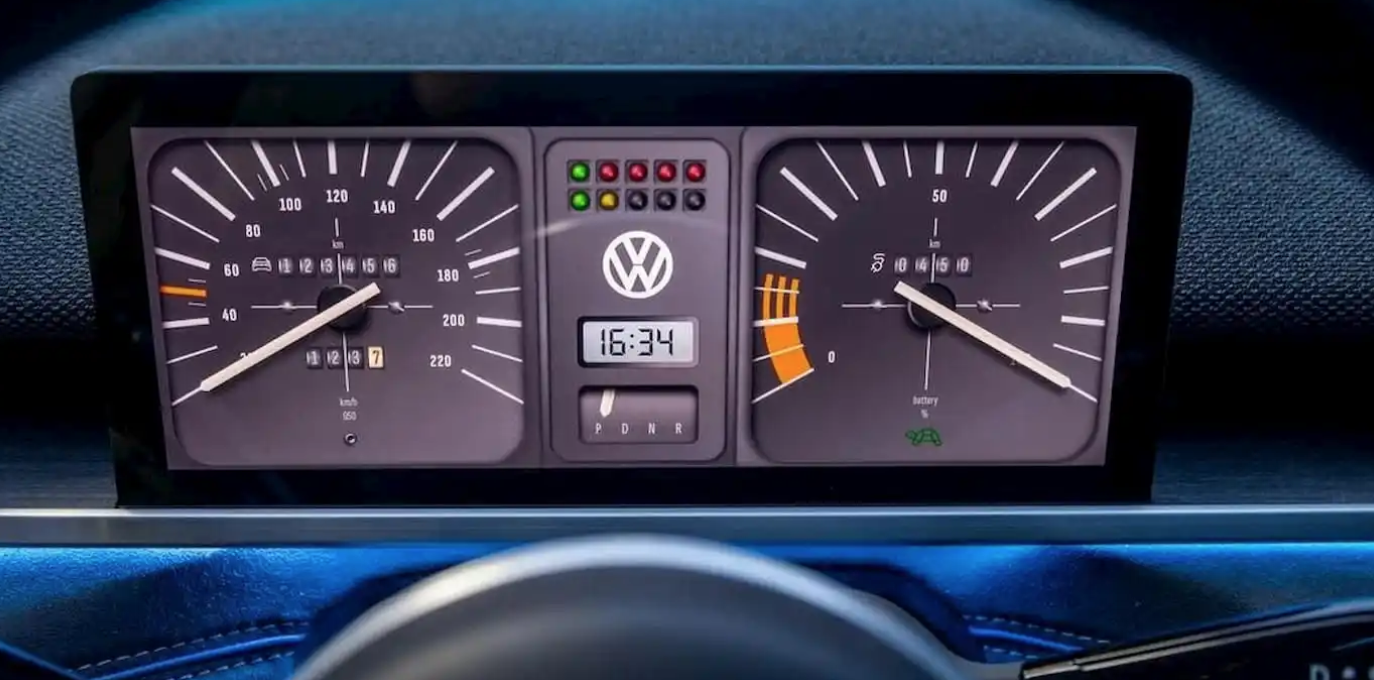
Last month, Volkswagen’s low-cost EV was spotted for the first time out testing ahead of its official debut.
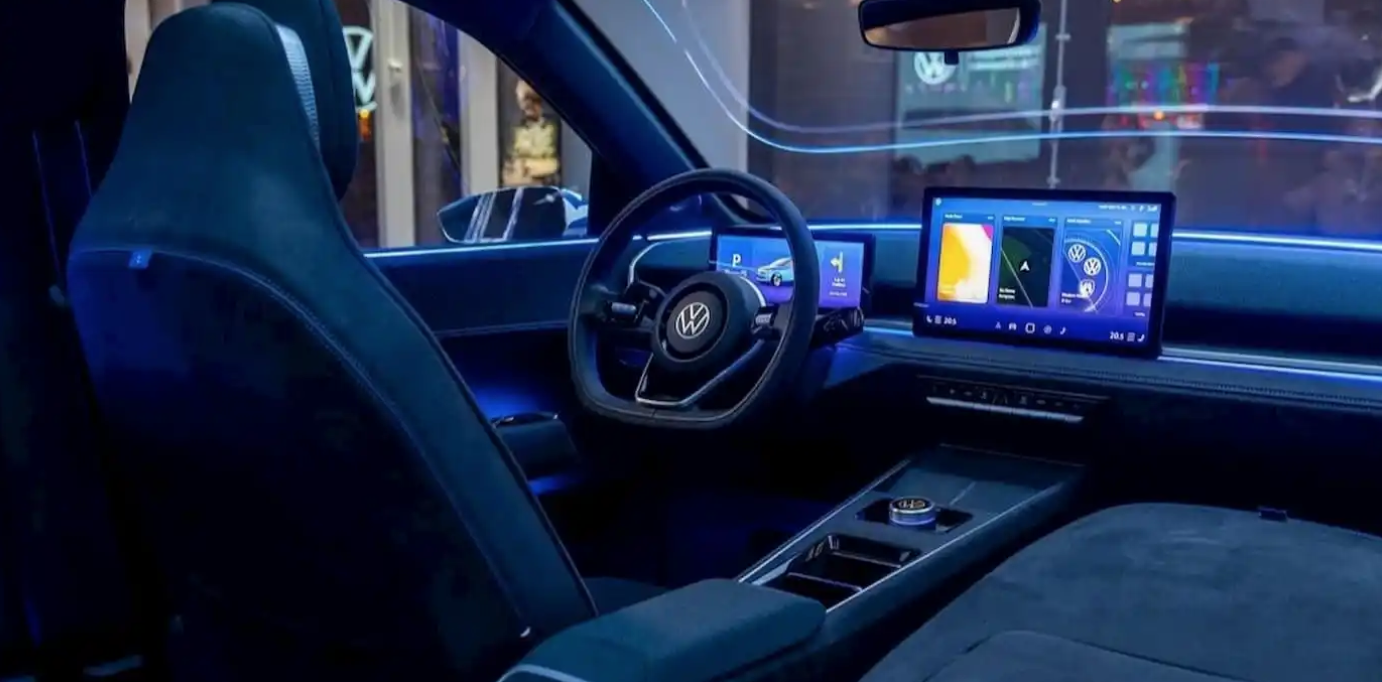
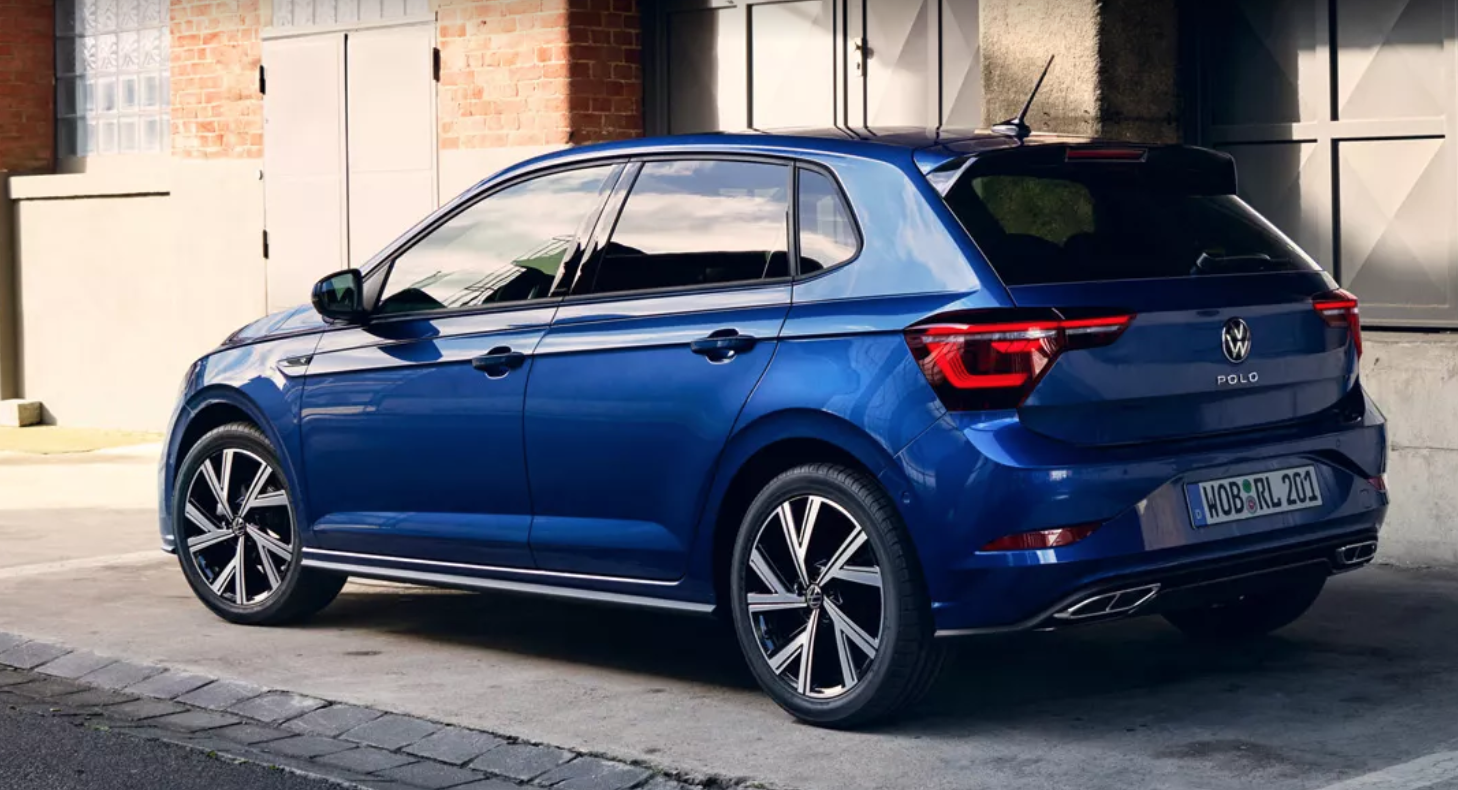


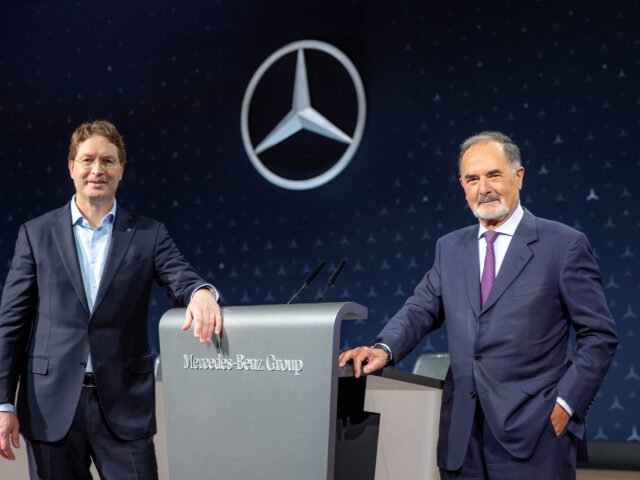
Comments
Ready to join the conversation?
You must be an active subscriber to leave a comment.
Subscribe Today